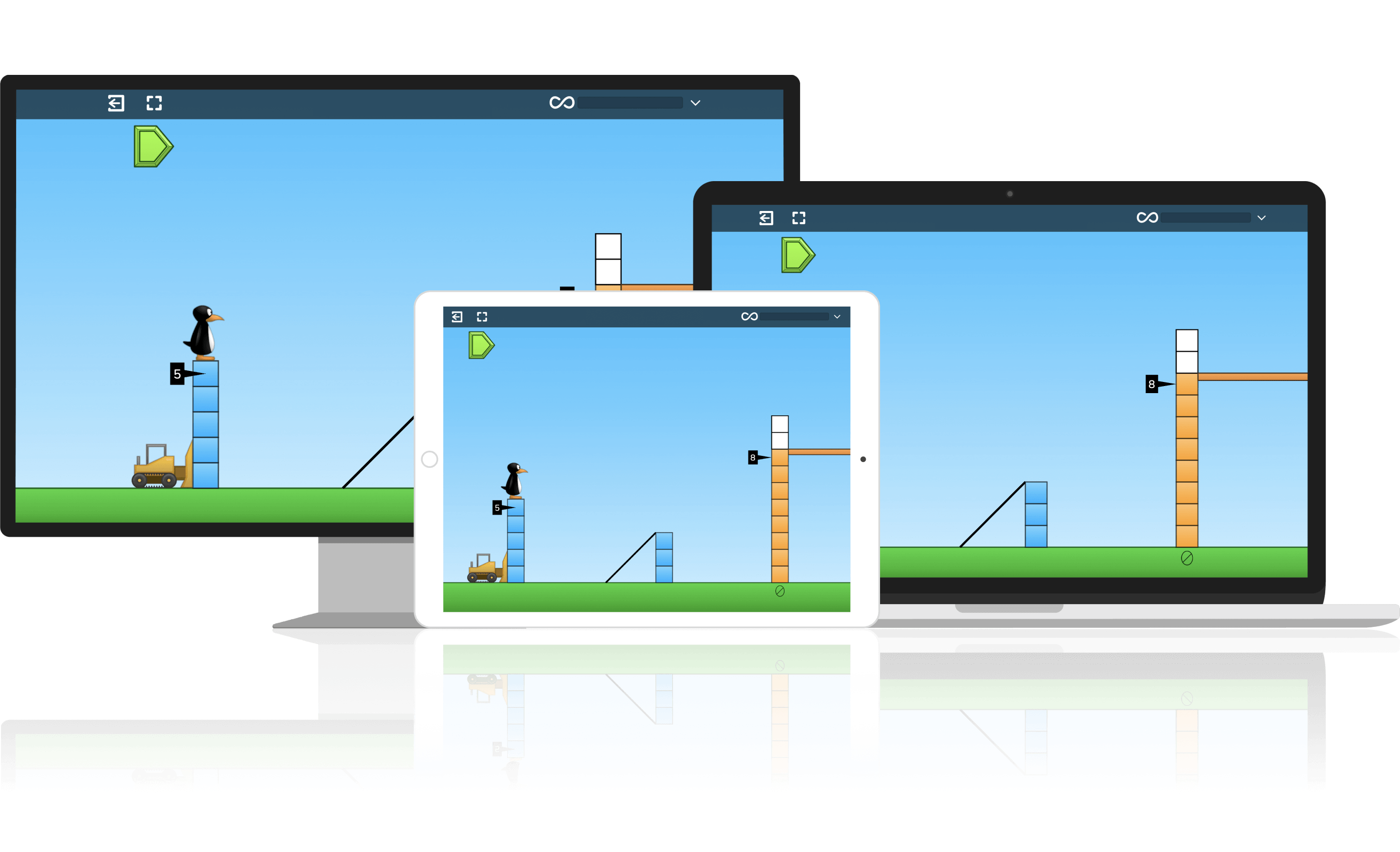Programs
Experience
Services
Educator Topics
Subscribe to the Newsletter
Subscribe to the Blog
Play select games from the ST Math early learning curriculum for free. Concepts include counting, patterns, addition, and subtraction.
